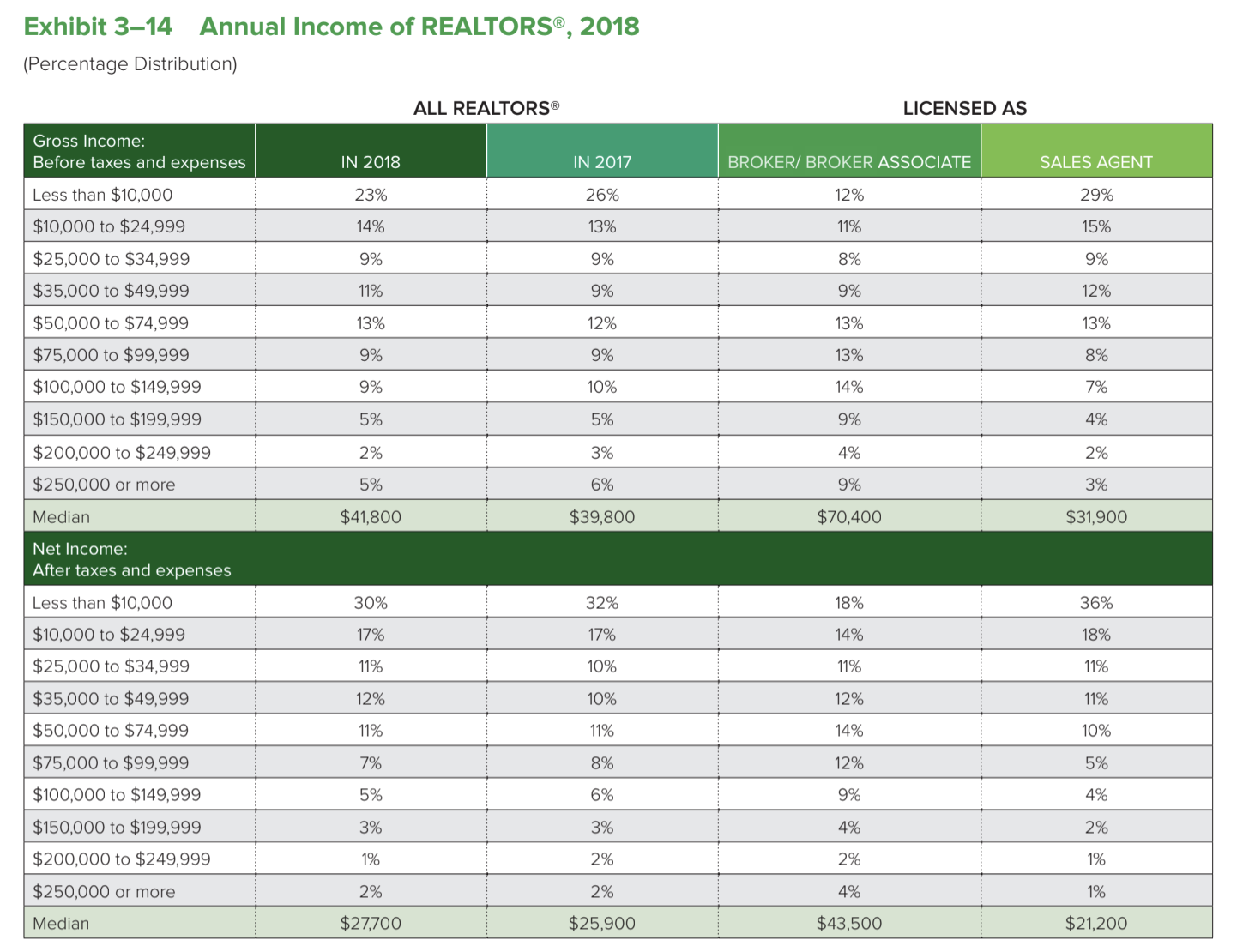Look around. Do not settle for the very first lending institution that pre-approves you for a home loan, as you might pay more than you must in interest and mortgage insurance. You ought to compare a minimum of 3 different lenders prior to making a decision. Try to increase your down payment to a minimum of 20 percent in order to reduce your regular monthly payments in the long run. Or, you might buy a less costly home. Think about other types of loans. Yes, conventional loans are the most popular but there are many other alternatives, such as FHA and VA loans that could be much better for you. Which combines google maps with real estate data. To read more about PMI and other requirements of financing a home, contact the professionals at Berkshire Hathaway.
Private mortgage insurance (PMI) protects the loan provider in the event that you default on your home loan payments and your home isn't worth enough to entirely pay back the lender through a foreclosure sale. Unfortunately, you bear the expense for the premiums, and lenders often need PMI for loans where the down payment is less than 20%. They include the cost to your home loan payment every month, in an amount based upon just how much you've borrowed. The excellent news is that PMI can typically be canceled after your home's worth has risen enough to provide you 20% to 25% equity in your home.
The Act says that you can ask that your PMI be canceled when you have actually paid for your mortgage to 80% of the loan, if you have an excellent record of payment and compliance with the regards to your home loan, you make a composed demand, and you reveal that the worth of the residential or commercial property hasn't gone down, nor have you overloaded it with liens (such as a 2nd mortgage). If you meet all these conditions, the lender needs to grant your request to cancel the PMI. What's more, when you have actually paid down your home loan to 78% of the original loan, the law says that the loan provider needs to automatically cancel your PMI.
Sadly, it may take years to get to this point. Thanks to the wonders of amortization, your schedule of payments is front-loaded so that you're primarily paying off the interest at first. Even if you have not paid for your mortgage to one of these legal limits, you can start trying to get your PMI canceled as soon as you believe that your equity in your home or your house's worth has actually gone up significantly, perhaps since your house's value has risen together with other regional houses or due to the fact that you've remodeled. Such value-based increases in equity are more difficult to show to your loan provider, and some loan providers need you to wait a minimum time (around two years) before they will authorize cancellation of PMI on this basis.

You'll most likely need to: It's finest to write a letter to your mortgage lender, formally requesting guidelines. Your lender might require an appraisal even if you're requesting for a cancellation based upon your many payments, because the lender needs peace of mind that the house hasn't declined in value. Although you'll typically pay the appraiser's costs, it's finest to use an appraiser whom your loan provider suggests and whose findings the lending institution will therefore respect. (Note: Your tax assessment may show an entirely different value from the appraiser's-- do not be worried, tax evaluations frequently drag, and the tax assessor will not see the appraiser's report, thank goodness.) This is a basic calculation-- just divide your loan quantity by your house's worth, to get a figure that should be in decimal points.
8, or 80%. Most lending institutions require that your LTV ratio be 80% or lower prior to they will cancel your PMI. Keep in mind: Some loan providers reveal the percentage in reverse, needing a minimum of 20% equity in the residential or commercial property, for instance. When your LTV ratio reaches 78% based upon the initial worth of your home, keep in mind that the Property owners' Protection Act might need your lending institution to cancel your PMI without your asking. If the loan to value ratio is at the percentage needed by your loan provider, follow the lending institution's mentioned procedures for asking for a PMI cancellation. Anticipate to have to write another letter with your request, specifying your house's existing value and your staying financial obligation amount, and including a copy of the appraisal report.
However, lots of house purchasers find their loan providers to be frustratingly slow to get up and cancel the coverage. The fact that they'll need to hang out examining your file for no immediate gain which the insurance provider may also drag its feet are most likely contributing factors. If your loan provider declines, or is slow to act on your PMI cancellation demand, write respectful however firm letters requesting action. What is pmi in real estate. Such letters are essential not just to prod the lender into movement, but to work as proof if you're later on required to take the loan provider to court. You can likewise submit a grievance online to the Customer Financing Defense Bureau (CFPB).